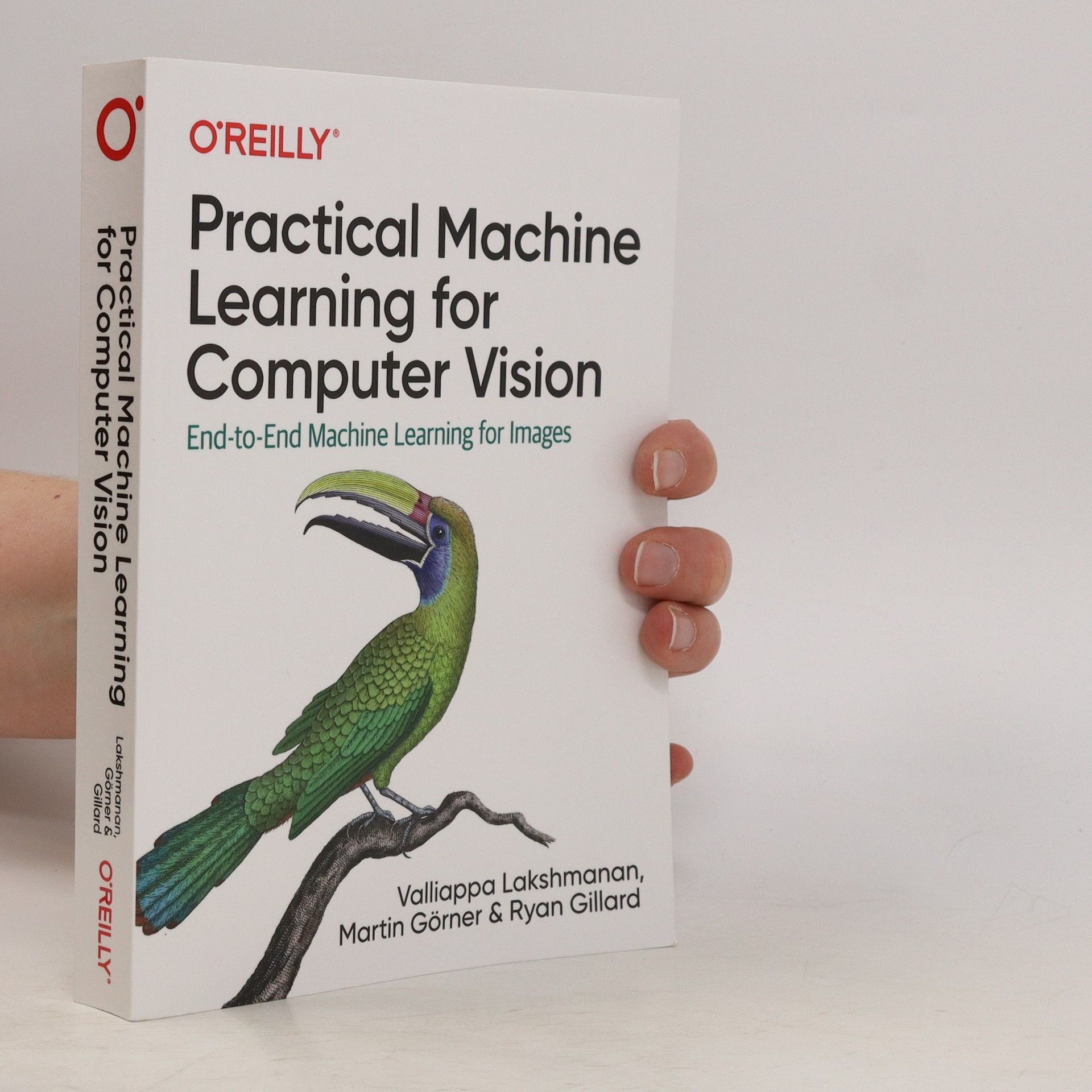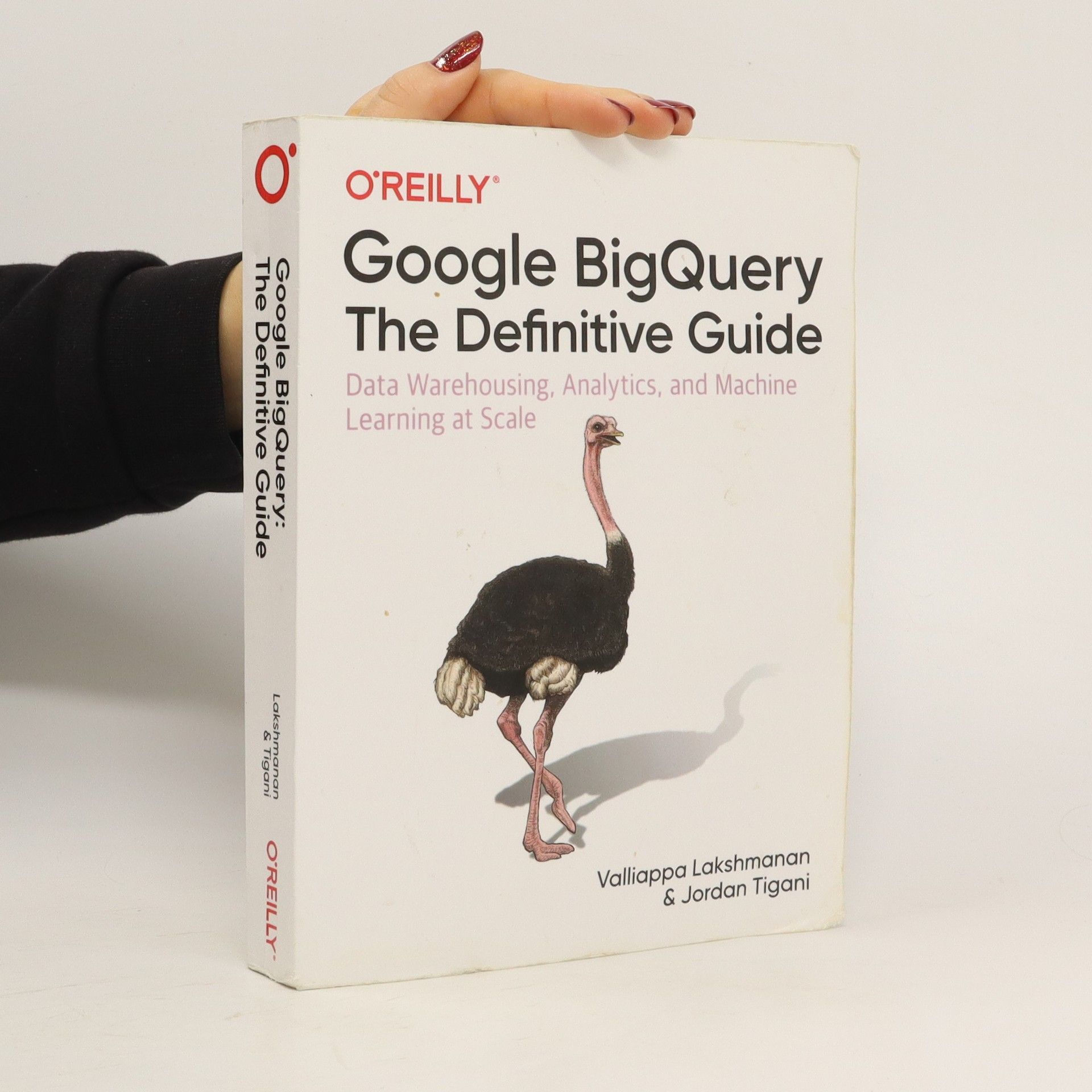Google BigQuery: the Definitive Guide
- 522 Seiten
- 19 Lesestunden
"Derive insights from petabyte-scale datasets while building a collaborative, agile workplace in the process. This practical book is the canonical reference to Google BigQuery whose storage system lets you consolidate data from across your enterprise, and whose query engine enables you to condust interactive analysis and machine learning on large datasets. BigQuery enables enterprises to efficiently store, query, ingest, and learn from data in one convenient framework. Valliappa Lakshmanan and Jordan Tigani provide best practices for modern data warehousing within an autoscaled, serverless public cloud. Whether you want to explore parts of BigQuery you're not familiar with or prefer to focus on specific tasks, this thorough guide is indispensable."--

